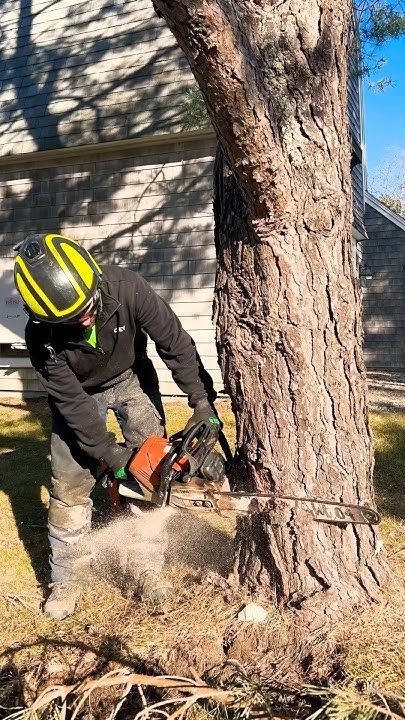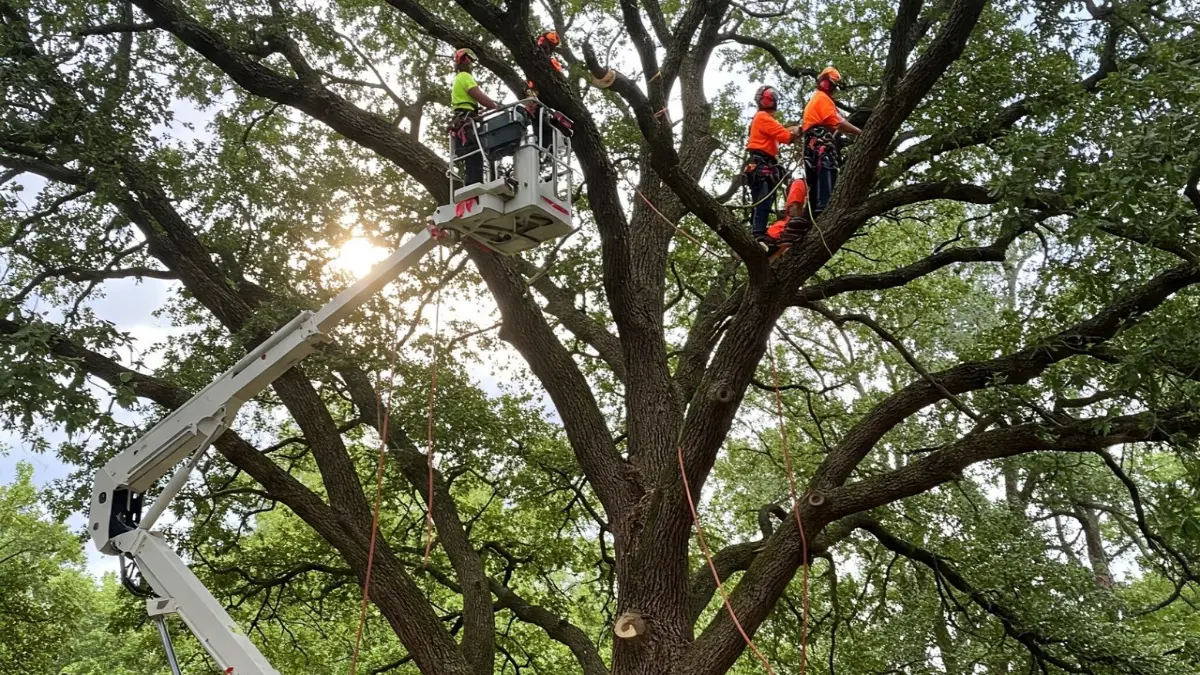Featured
Table of Contents
- – Top-Rated Tree Removal In Yucca Valley, CA: Pr...
- – Choosing The Right Tree Removal In Yucca Valle...
- – Choosing The Right Tree Cutting In Yucca Vall...
- – Yucca Valley, CA Tree Cutting Installation Co...
- – Typical Tree Clearing Costs In Yucca Valley, CA
- – Yucca Valley, CA Tree Trimming Price Factors
- – Yucca Valley, CA Stump Grinding Cost Overview...
- – Yucca Valley, CA Arborist Ratings
- – Yucca Valley, CA Arborist Reviews: Are They ...
- – How To Save Money On An Stump Grinding In Yu...
- – Long-Term Arborist Costs In Yucca Valley, CA
- – Yucca Valley, CA Arborist Price List
- – Yucca Valley, CA Stump Grinding Price Calcul...
- – Yucca Valley, CA Tree Clearing Pricing Tiers
- – Yucca Valley, CA Tree Clearing Reviews And P...

The subsections listed below provide more in-depth info about prices, including an average range for each. TypeAverage Removal CostPineConiferPalmMagnoliaArborvitaeAshCedarSweet GumEucalyptusSycamoreCypressOakMaplePoplar You can anticipate to pay between to remove a pine, depending upon its size. Getting rid of a pine is one of the more inexpensive tasks unless it is one that has actually been around for many years and is quite large.
Top-Rated Tree Removal In Yucca Valley, CA: Pricing
Pines also have a tap root that grows deep into the soil, which can prove to be more challenging to eliminate. The process itself involves a specialist cutting the tree, clearing the base, cutting the surface area roots, removing the stump, and finally dealing with the soil. Without an expert hand, you run the risk of leaving pine seedlings behind, which will fall from the roots of distressed pines.
Choosing The Right Tree Removal In Yucca Valley, CA: Price vs Quality
The U.S. national average for conifer removal is approximately to have the conifer reduced, transported away, and the stump ground or removed entirely. Conifers are normally simpler to remove, and despite the fact that they can grow quite tall, they do not cost a fortune to remove. Conifers include pine, spruce, fir, and juniper trees.
Choosing The Right Tree Cutting In Yucca Valley, CA: Price vs Quality
While conifers are lovely, they kill native plants and particular types of turf. This is because they need a lot of water and nutrients to endure, so they leach it off surrounding plants. They also have an expansive network of roots, which can affect your home's foundation. The typical price of palm elimination depends on the height as much as the type, ranging from.
Yucca Valley, CA Tree Cutting Installation Costs
That is why it is essential to understand which type you are removing. While you do not need an herbicide to kill a palm tree, there are some steps your elimination specialist will need to take to make sure the task is done correctly. There are 2 ways they can eliminate them: by chopping them down or digging them up.
Typical Tree Clearing Costs In Yucca Valley, CA
From there, they eliminate the real tree and then the stump. Expect to pay between to remove this type of tree, depending on the precise size and information of the job.
Yucca Valley, CA Tree Trimming Price Factors
There are 3 types: green, white, and black ash. White ash is understood for its many colors. With its gray-tinged bark, its leaves are green or purple in the spring and golden yellow or purplish-red in the fall. They enjoy moderate climates and great deals of sun. The green ash is called such due to its green or yellow foliage.
Yucca Valley, CA Stump Grinding Cost Overview 2025

The bark is softer, and it blooms later on in the year - tree removal. Due to the variation in height, the removal price variation is broad from. A coniferous, evergreen tree, the cedar is a hardy species. True cedars take pleasure in higher elevations, primarily in the Mountain ranges and the Mediterranean. A true cedar can grow as high as 160 feet in height and is frequently planted in the United States as a landscape alternative.
Yucca Valley, CA Arborist Ratings
The growth of incorrect cedars differs from 50 feet up to 230 feet high. With star-shaped leaves and spectacular fall colors, the sweet gum is considered a medium to big tree.
Yucca Valley, CA Arborist Reviews: Are They Worth It?
It has a big root base of 40 to 50 feet, which affects the removal expense. Generally, it costs in between to eliminate a eucalyptus. Eucalyptus are not common everywhere, however they are rather big compared to others, which is why even the smaller ones are so pricey to get rid of. Originally from Australia, eucalyptus are intrusive plants that grow in thick groves that get native plants.
How To Save Money On An Stump Grinding In Yucca Valley, CA
There are a handful of methods to do this, consisting of burning, pulling, grinding, or eliminating them with herbicide. Expect to pay in between to remove sycamores, based on the height, trunk size, and quantity of work involved. Sycamores are one of the largest wood trees, generally varying from 60 to 100 feet tall and as wide as 15 feet.
Long-Term Arborist Costs In Yucca Valley, CA
The very first 2 steps will expose the insides of the tree and cut off the flow of nutrients up the trunk. From there, a professional uses herbicide to kill the tree and cuts down the trunk.
Yucca Valley, CA Arborist Price List
There are many various kinds of Cypress trees, but the most common are the Leyland, Arizona, Bald, and Italian. The Bald Cypress grows in swampy or extremely wet locations while the others take pleasure in a dry, warm, or hot climate (tree clearing). They can grow as tall as 80 to 100 feet tall
Yucca Valley, CA Stump Grinding Price Calculator

Prone to diseases, the Cypress is among the most valued woods for furniture. The average oak grows to around 60 feet, and depending upon the complexity of the removal, it costs approximately to eliminate. The specific size of your oak and the effort needed to fell it impact what you will actually pay for elimination together with any extra services like stump grinding.
Yucca Valley, CA Tree Clearing Pricing Tiers
Access to the trees and the roots will likewise affect the general cost. Maples are usually among the more pricey trees to get rid of because of their size and the work included in the removal.
Yucca Valley, CA Tree Clearing Reviews And Pricing
Growing as high as 90 to 115 feet, these huge timbers are generally found in North America and consist of the aspen, cottonwood, and balsam trees. The process to eliminate trees includes all the cutting and cutting of the branches and trunk, bringing it down to a stump.
Table of Contents
- – Top-Rated Tree Removal In Yucca Valley, CA: Pr...
- – Choosing The Right Tree Removal In Yucca Valle...
- – Choosing The Right Tree Cutting In Yucca Vall...
- – Yucca Valley, CA Tree Cutting Installation Co...
- – Typical Tree Clearing Costs In Yucca Valley, CA
- – Yucca Valley, CA Tree Trimming Price Factors
- – Yucca Valley, CA Stump Grinding Cost Overview...
- – Yucca Valley, CA Arborist Ratings
- – Yucca Valley, CA Arborist Reviews: Are They ...
- – How To Save Money On An Stump Grinding In Yu...
- – Long-Term Arborist Costs In Yucca Valley, CA
- – Yucca Valley, CA Arborist Price List
- – Yucca Valley, CA Stump Grinding Price Calcul...
- – Yucca Valley, CA Tree Clearing Pricing Tiers
- – Yucca Valley, CA Tree Clearing Reviews And P...
Latest Posts
Green, OH Tree Service: Price Vs. Quality
Oldsmar, FL Tree Trimming Reviews: Real Experiences
Robstown, TX Tree Clearing: Actual Costs
More
Latest Posts
Green, OH Tree Service: Price Vs. Quality
Oldsmar, FL Tree Trimming Reviews: Real Experiences
Robstown, TX Tree Clearing: Actual Costs